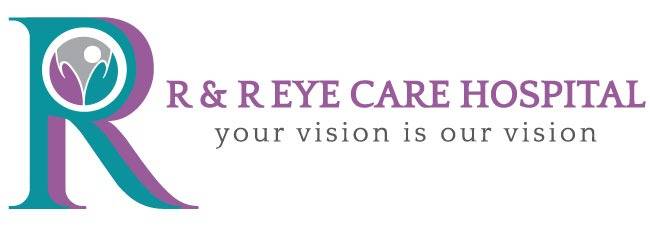Cataract surgery is a common procedure that restores vision by removing the cloudy lens of the eye and replacing it with an artificial one. This blog outlines the symptoms indicating the need for surgery, the types of cataract surgery, and post-surgery care.
Symptoms Indicating the Need for Cataract Surgery Cataracts develop gradually, leading to vision impairment. Symptoms include:
- Blurry Vision: Progressive cloudiness or blurriness in vision.
- Glare and Halos: Sensitivity to light and seeing halos around lights.
- Poor Night Vision: Difficulty seeing in low light conditions.
- Color Fading: Colors appear less vibrant and more yellowed.
Different Types of Cataract Surgery There are two primary types of cataract surgery:
- Phacoemulsification: The most common method, involving the use of ultrasound waves to break up the cloudy lens, which is then removed and replaced with an artificial intraocular lens (IOL).
- Extracapsular Surgery: Used for advanced cataracts, where the lens is removed in one piece and replaced with an IOL. This method requires a larger incision.
Post-Surgery Care and Recovery Tips Effective recovery is crucial for successful outcomes. Key tips include:
- Follow Medical Advice: Adhere to the prescribed eye drops regimen to prevent infection and reduce inflammation.
- Protect Your Eyes: Wear a protective shield while sleeping and sunglasses during the day to shield your eyes from light.
- Avoid Strenuous Activities: Refrain from heavy lifting and strenuous activities for a few weeks.
- Attend Follow-up Appointments: Regular check-ups ensure proper healing and address any concerns.
Conclusion Cataract surgery can significantly improve vision and quality of life. Recognizing symptoms, understanding surgery types, and following post-surgery care guidelines are essential for a smooth recovery and optimal results.




Leave A Comment